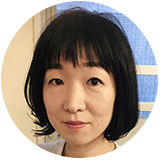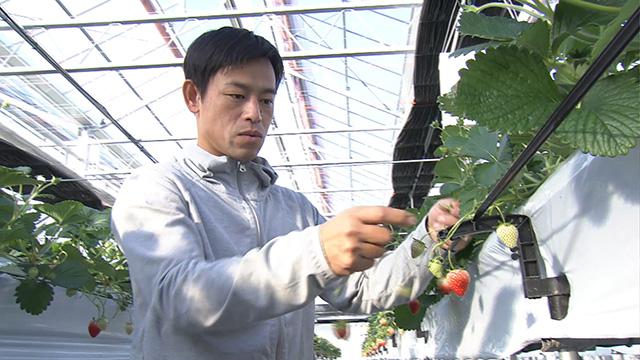
Iwasa is a Yamamoto native who was working in Tokyo as an IT engineer. In 2011, when an earthquake and tsunami ravaged his hometown, he decided he wanted to do something to help it get back on its feet.
He tried his hand at growing strawberries the conventional way, but a local farmer told him it would take a decade to master that method. So he drew on his experience and brought technology into the greenhouse. Computers now set and adjust the conditions, creating the perfect temperature, humidity, and carbon dioxide levels for the fruit. They even control the curtains to adjust the level of sunlight.
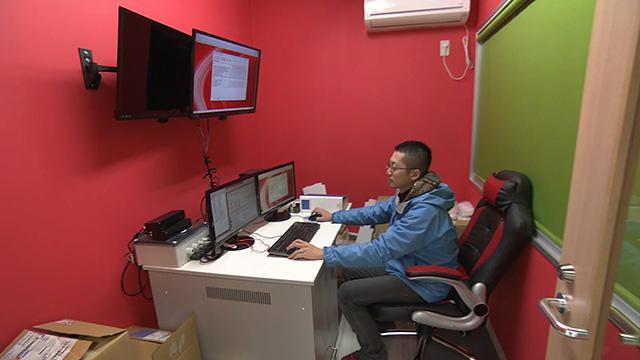
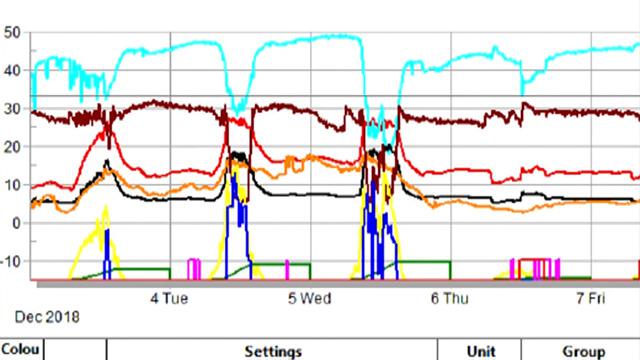
The fruits of his work are now on sale at high-end department stores, and he has opened a dedicated outlet in Tokyo.
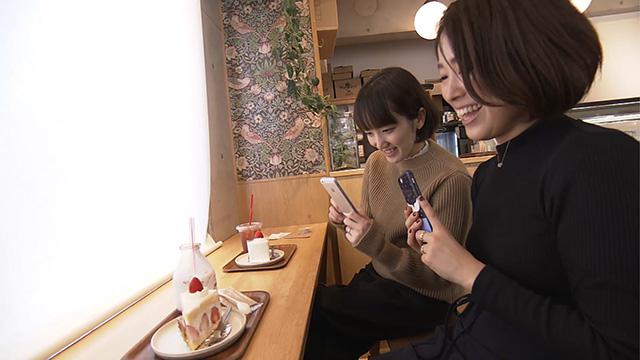
Now he has proven his model, he is looking to teach others how to do the same. He runs a course to teach beginners how to grow great strawberries. So far, his students have set up 10 strawberry greenhouses using his technology.
Hiroyuki Takaizumi is one of them. As a teenager, he wanted to become a farmer, but was deterred by the financial instability so he took a secure job at a large company. Two years ago, he saw a TV report about Iwasa’s greenhouse and decided to pursue his dream.
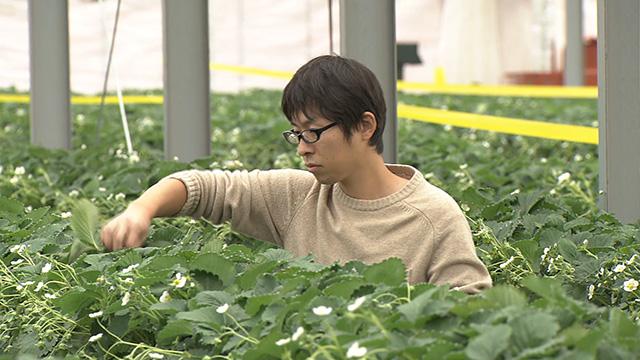
Traditionally, trainee farmers follow their mentors around, observing their methods and trying to mimic them. Iwasa's course involves wearable cameras and comparing with footage of expert farmers. It took Takaizumi a year to learn everything he needed to know to get started, and he's just completed his first harvest.
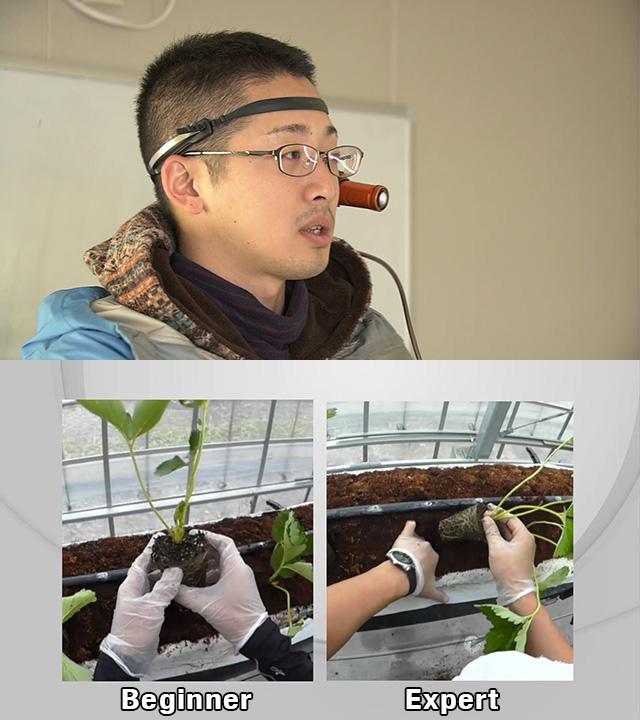
Meanwhile, Iwasa is cultivating sales channels that cut out many of the middlemen. He's shipping to Singapore and Hong Kong too, and offers his proteges the chance to join in. It guarantees them a better price than if they simply sold their produce to the local agricultural cooperative.
His data-driven farmer model speeds up the learning curve for farmers, and gives them a degree of stability, because they can better predict the size of their harvests. For young people debating whether to try their hand at farming, it could be just the nudge they need.
When I was researching this story, I found few signs of hope for the agricultural industry in Japan. The number of farmers is slumping. But there was one bright note: there's been a slight uptick in the number of young people taking an interest. So systems like Iwasa's may be just what they need to convince them to take the plunge. It's not a cheap way to start. The automated greenhouse costs around US$600,000. But Takaizumi told me he thinks in a decade or so when he's paid it all off, he'll be better off than he would have been if he'd stuck to his previous job. Iwasa's innovation could open up new possibilities and create a bright future for the Japanese agricultural industry.
